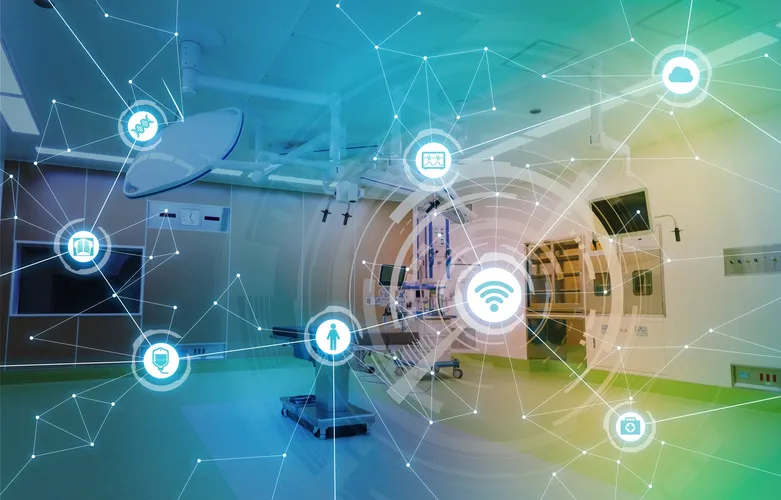

Healthcare in the US is costly, differs significantly in quality, but lack of or poor access to healthcare for those living in inner cities and rural communities remains a blot in our healthcare system and society. These communities also suffer from economic obstacles, and lack of interest by physicians in part due to commercial non-viability of practicing medicine compounds the problem. Therefore, there has been a steady decline in the availability of even primary care clinics in urban inner cities and rural areas. These areas also have a higher incidence of mental disorders, drug and alcohol abuse, teenage pregnancy, violence, so on.
Healthcare is a universal right to all of us and we need to come up with innovative ways to provide care to those who are vulnerable. A partnership between individuals and communities, involving physicians, social workers, psychologists, hospitals, medical schools, government agencies, and philanthropic organizations should be part of any solution.
Our goal is to start an initiative that would bring together interested parties from the above sections of our society to provide healthcare to those who need it but could not get it. We are all born and one day we all leave this world and take nothing with us. In the period in which we make our appearance on this stage, perhaps we could use some of our time to promote health and vitality in communities that need it the most.
Purnima D. Bhat
This is a thought born out of isolation during this covid-19 pandemic. I got sick and needed to see a physician, and we did the consultation via Zoom. Not only was this productive, but it was also less stressful. I felt that this mode of providing healthcare could work well for the inner city and rural communities. It would not be perfect but could provide the initial basic healthcare and alleviate healthcare disparities in these communities. Our goal is to connect several different rural and inner-city communities with telemedicine from academic centers and participating individual physicians, medical students, physician assistants, nurse practitioners, and diagnostic laboratories. As the project progresses, we could combine telemedicine with occasional site visits. The main centers could also monitor patient progress regularly. We plan to initially start by providing mental health care, one of the major illnesses in these communities. I managed to convince some of the people I grow up with to partner with me and asked a few others I had volunteered for, to support us and here we are.
This is the first step, we do not know how far we would succeed as we are a rag-tag team right now. But, we feel that not trying is not an option. I hope that those who are qualified to provide this essential service would participate and help us make this world a better place.